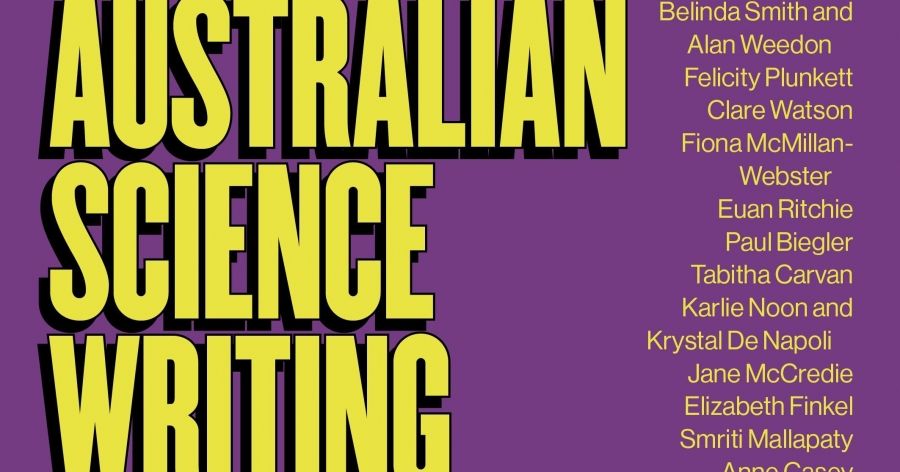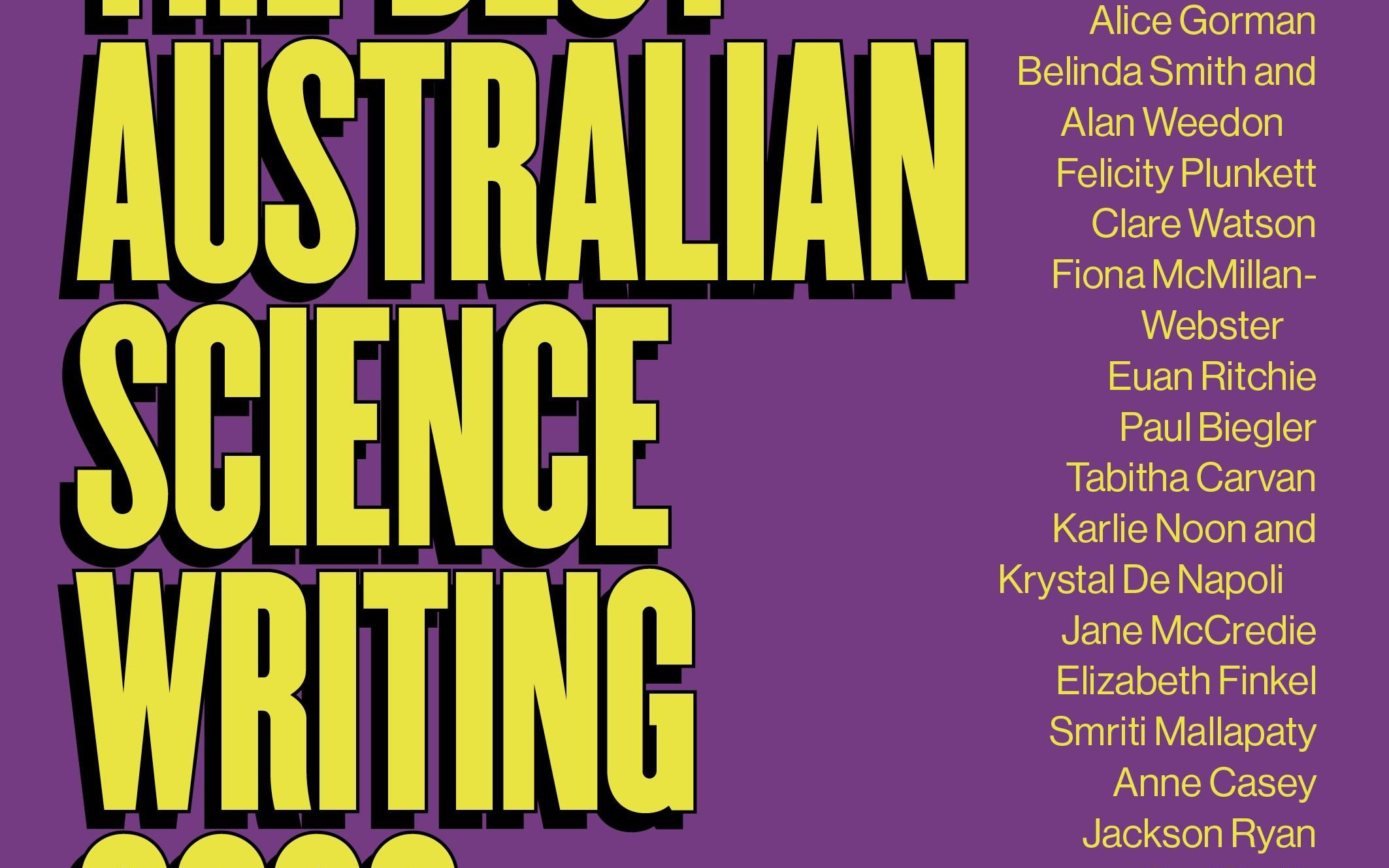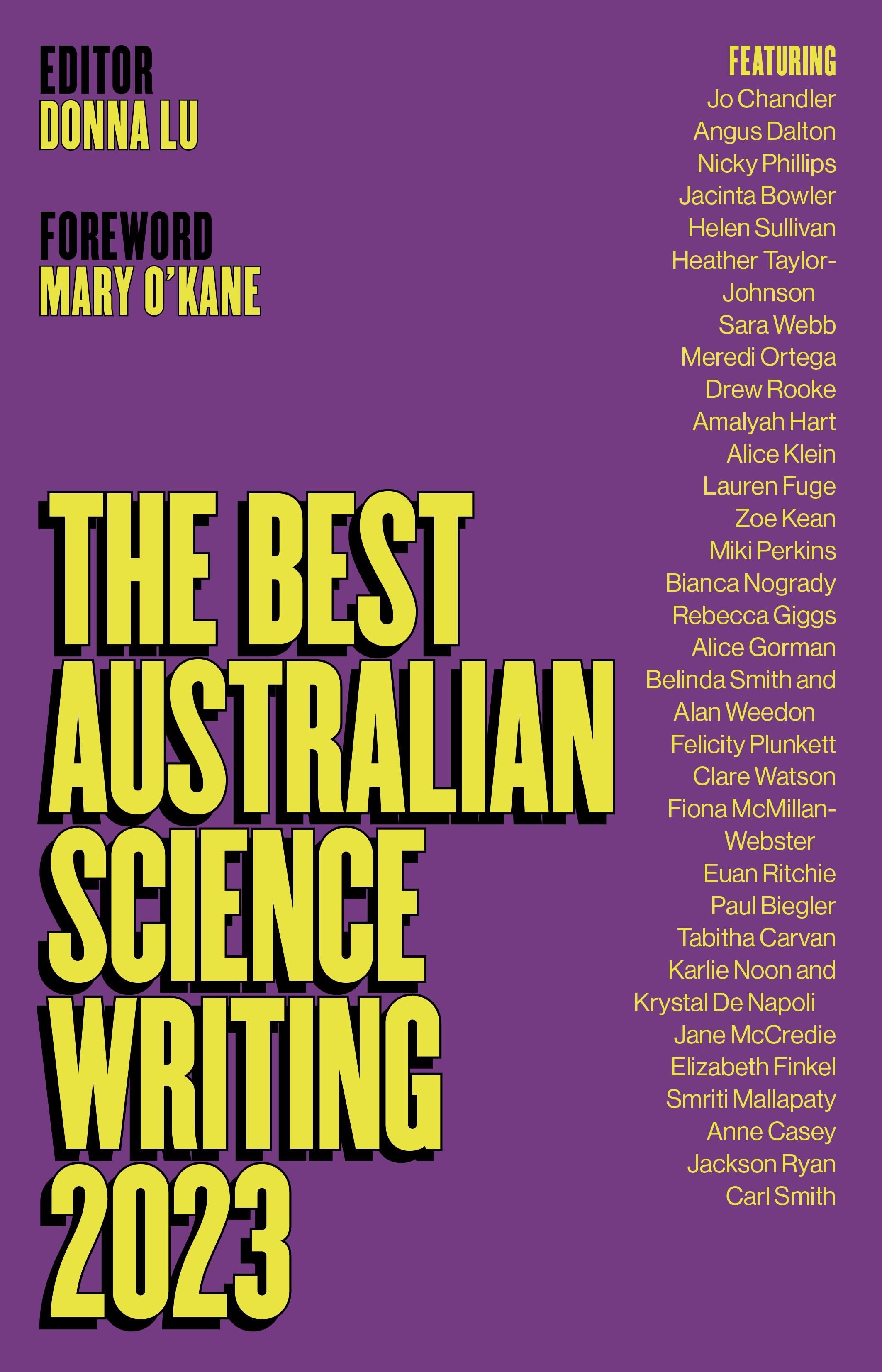
- Free Article: No
- Contents Category: Science and Technology
- Review Article: Yes
- Article Title: Why science matters
- Article Subtitle: A welcome new anthology
- Online Only: No
- Custom Highlight Text:
The Best Australian Science Writing (BASW) anthology is here again, and readers are in for a treat: a wide-ranging selection of easy-to-read articles describing some of the amazing science that is happening right now.
Of course, it is an impossible task, choosing the ‘best’ writing, and in her introduction editor Donna Lu acknowledges her subjectivity. It is the same for a reviewer, and since I don’t have room to name everyone, I won’t single out my own favourites.
- Featured Image (400px * 250px):

- Alt Tag (Featured Image): Robyn Arianrhod ‘The Best Australian Science Writing 2023’ edited by Donna Lu
- Book 1 Title: The Best Australian Science Writing 2023
- Book 1 Biblio: NewSouth, $32.99 pb, 328 pp
- Book 1 Cover Small (400 x 600):

- Book 1 Cover (800 x 1200):

Unfortunately, out of context, this sounds like the old joke ‘I don’t know much about art, but I know what I like’, from American humourist Gellett Burgess’s satirical psychological critique Are You a Bromide? (1906). Science is one of humanity’s greatest intellectual and cultural achievements; repurposing Gellett, it used to be that the best science writing challenged readers intellectually – just as fine art and literature challenge our perceptions. But as science becomes ever more sophisticated, and issues such as climate change ever more pressing, it is difficult to find the right balance between writing that distils complex scientific concepts – about the physics of climate, say – and that which documents scientific projects, such as those tracking the effects of climate change. In the relatively short, diagram-free spaces available in BASW, conceptual writing that gives readers ‘aha’ moments of deep understanding is more difficult to pull off than the descriptive, topical journalism that is increasingly favoured. A third of the pieces this year are from general rather than science-focused outlets. More than half are nature stories, and nearly a quarter relate to health. (Giving readers what they already like, like a social media algorithm? Or is it bringing science to a wider audience?)
Still, there are gains in the current trend towards science journalism rather than science writing, for traditional popular expositions used to be strong on ideas but not on the broader picture. Historiographers now insist that science be discussed in context, rather than as a triumphant story of great scientists and ideas, so it’s good to see many stories in BASW 2023 emphasising institutional or political contexts – from the geopolitics of Antarctic research to the political and legal implications of rising sea levels in the Pacific and Torres Strait. Several stories offer important critiques of science and its context, such as the tech-industry nexus that is creating so much space junk and light pollution; the sexism behind the public’s support of a macho bird-spotter over the female scientist who unmasked his fraud; and what it takes to obtain relevant scientific data.
In addition, in most pieces the scientists and/or the writer are central, providing a human face to science. For instance, you will follow journalists as they go into the field with naturalists documenting the ecological effects of climate change, logging, or invasive pests, and the evocative writing will make you weep anew at our collective failure to act. People and their perspectives feature in many other fascinating stories, from the importance of dark skies to First Nations astronomers and to the environment, to the courtroom drama that used new DNA techniques to pardon Kathleen Folbigg twenty years after her conviction for infanticide; from what loneliness does to our cells, and a fresh lockdown take on the once-ubiquitous bogong moth, to the surprising ecological importance of dingoes, and more. On the other hand, science journalism can tend to overemphasise context, personalities, and ‘breakthroughs’ at the expense of the science itself. At times, when reading some of the stories reporting from lab and field, I felt outside looking in – amazed at the ingenuity of the clever scientists profiled and delighted to learn new facts, but little the wiser about the foundations of their work.
Journalistic science writing also focuses on the present. Yet, as McEwan went on to suggest, history offers insight into the curiosity-driven thinking that created the core sciences underpinning today’s topical stories. (Disclosure: I write on core maths and physics, and their history.) In this year’s BASW, however, there is only one short piece on physics, and none on mathematics – the very subjects that have made possible much of the technology implicit in many of the stories here. And they are exciting stories, about scanning brains to understand their neurobiology; scanning the skies with ever-better telescopes; tracking animals and plant distributions to understand and conserve them; dating ancient ice to study climate tipping points; sequencing bat genomes to understand how to fight viruses such as Covid-19; creating anti-matter; and more.
Interestingly, a decade ago, male writers dominated BASW anthologies, but in recent years it has been women’s turn: this year there are seven male, one non-binary, and twenty-five female authors. Among Australian STEM graduates and students, girls dominate the biological, earth, medical, and health sciences, but are under-represented in physics, engineering, computing and technology, and mathematical sciences. It would be good to see more articles on these topics, to change the culture and turn this imbalance around.
Either way, it’s an honour for a writer to be chosen for BASW, and readers are always guaranteed hours of pleasure. Some of the essays this year are masterpieces of style – beautiful writing that weaves scientific endeavour into stories as inspiring as the best fiction. And every author is excellent at showing us why science matters.


Comments powered by CComment